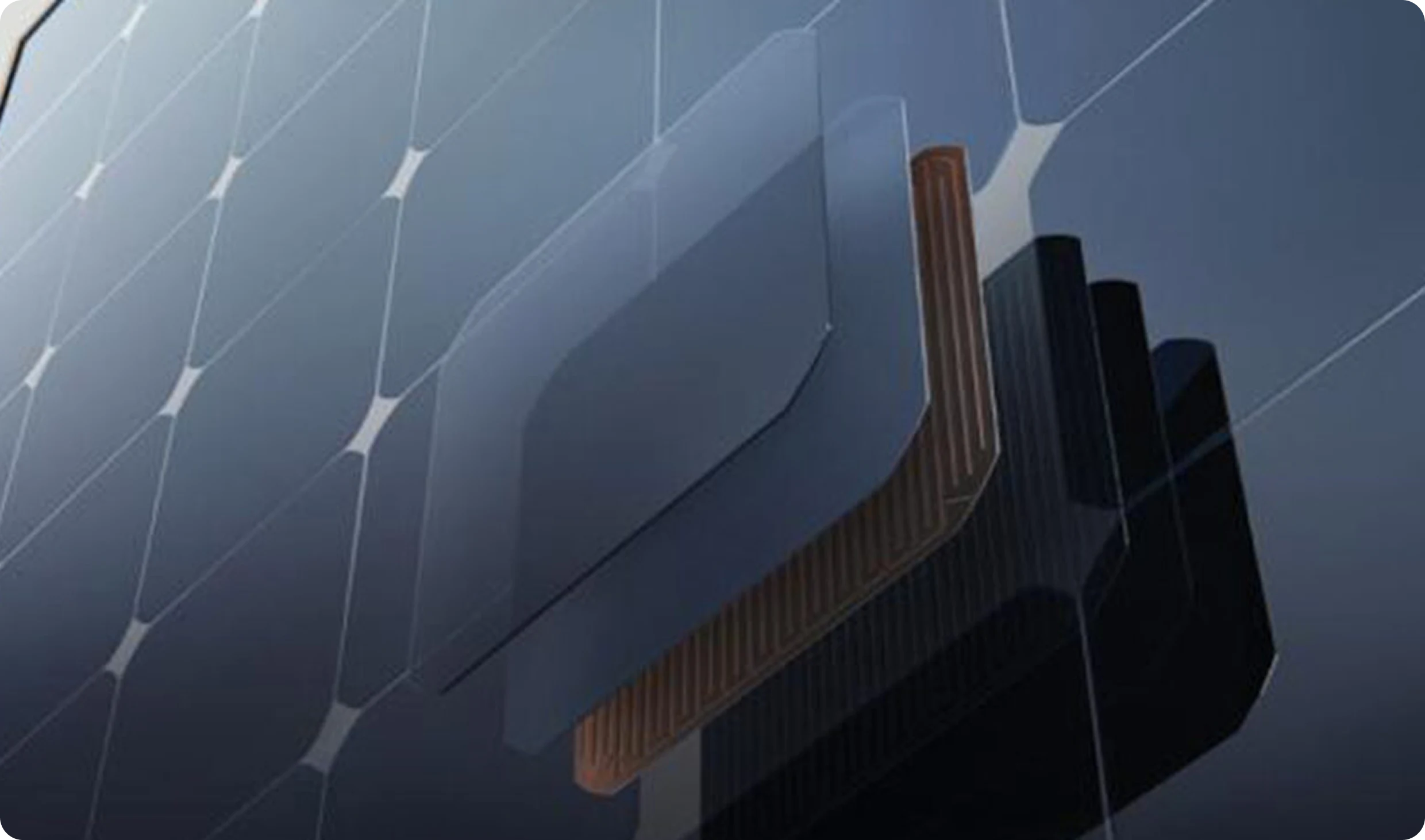The demand for solar energy is growing rapidly across the globe, and India is no exception. It is becoming increasingly important to comprehend how various solar systems operate as more homes, businesses, and utility-scale projects switch to solar. One important area of comparison is the difference between N-type and P-type solar cells found in modern solar panels.
Although they might appear technical at first, understanding the differences enables you to make wiser financial choices, particularly when selecting the most long-lasting and effective solar panels for your particular requirements.
Understanding the types of Solar Panels, which all start with solar cells, is the first step in selecting the best panel, whether you're developing a solar farm, powering your house, or establishing a business enterprise.
To choose panels that balance cost, efficiency, and longevity, it helps to start with the building block(the solar cell)
What Are Solar Cells, and Why Do Their Types Matter?
The central component of a solar panel is a solar cell. It is a tiny semiconductor device that generates power from sunlight. A solar module, often known as a solar panel, is made up of several connected cells.
The materials and manufacturing processes used to make solar cells vary, which has an impact on their performance over time and in various situations. Because of this, the types of solar panels you select are important.
The two main types of solar cells are P-type and N-type, and each has advantages and disadvantages of its own. Let's examine the meanings of each of these categories.
What Are P-Type and N-Type in Solar Cells?

So, What Is P Type and N Type? These refer to how the silicon in the solar cell is treated or “doped” with other materials.
P-type Solar cells
Doping silicon with boron produces "holes," or positive charge carriers, which are used to make P-type cells.
For many years, these cells have dominated the solar industry.
Although they are dependable and reasonably priced, they have a tendency to deteriorate more quickly in the presence of sunlight over time (a process called LID, or light-induced degradation).
N-type Solar cells
Doping silicon with phosphorus creates N-type cells by introducing electrons, or negative charge carriers.
These more sophisticated cells are gaining popularity due to their increased efficiency and resistance to deterioration.
The Distinction The difference between N and P types begins at the atomic level and affects cost and performance.
What Are N-Type Solar Panels?
Now that we understand the basic difference, let’s dive deeper into What Are N Type Solar Panels and why they’re increasingly preferred today.
N-type solar panels are regarded as next-generation technology since they employ N-type cells. They provide a number of significant benefits:
Increased Efficiency
N-type cells generate more electricity from sunlight because of improved electron mobility.
Reduced Degradation
N-type cells function better for longer periods of time since they are nearly immune to LID.
Improved Performance in Hot Environments
These cells work effectively even in hot climates, which is fantastic for nations like India.
Longer Lifespan
N-type panels can operate consistently for a longer period of time due to less degradation and higher-quality materials.
Because of these advantages, N-type solar panels are becoming more and more popular for commercial and industrial applications, according to Emmvee.
What Is the Difference Between P-type and N-type Solar Cells?
Let’s simplify the Difference Between N Type and P Type solar cells using a comparison across critical factors:
Which Solar Cell Type Is Better for You?
Here's how to choose according to your unique requirements:
Homeowners
P-type solar panels are a fantastic option if you're searching for reasonably priced solar panels with respectable efficiency. However, N-type is well worth the expense if you want to stay for a long time and want the most output from a smaller rooftop.
Commercial and Industrial Users
Because N-type panels produce more energy and degrade less, they provide a superior return on investment.
Large-Scale Solar Farms
Utility projects seeking to maximize yield and minimize operating losses are increasingly choosing N-type solar farms.
When comparing cost and performance, each has a place. In order to suggest the optimal option, we at Emmvee assist you in assessing the scope, budget, and objectives of your project.
To wrap up
Knowing the difference between N-type and P-type solar cells is a step toward more intelligent solar investments and goes beyond simple technical knowledge.
P-type solar panels are dependable, reasonably priced, and ideal for typical home applications.
Particularly in hotter climates, N-type solar panels provide better performance, reduced deterioration, and increased efficiency.
N-type is anticipated to predominate in future installations as solar technology advances, particularly in settings where performance is crucial.
Let Emmvee professionals help you. For optimal value and efficiency, our experts can assist you in assessing your site and requirements and suggest the ideal module, whether it be P-type or N-type.
